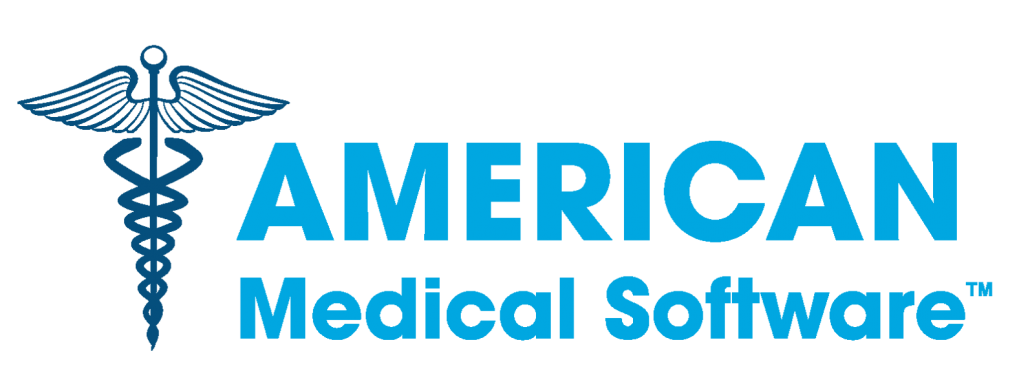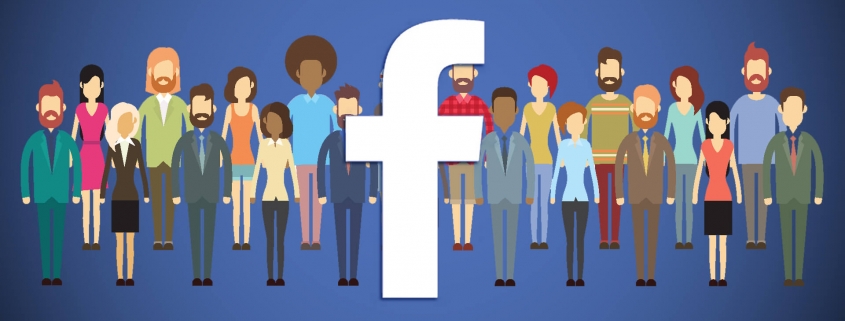Tweeting Their Way For New Patients – Social Media
Hospitals are turning to social networking in an effort to market themselves to new patients who seem to be looking more to social media to choose the kinds of products and services they use.
Earlier this year, a Baltimore television station incorrectly reported that Greater Baltimore Medical Center had been invaded by an armed robber. Naturally, the Twitter-verse was aflutter.
After the news broadcast, Michael Schwartzberg, media relations manager of GBMC, sent out a slew of tweets correcting the misinformation.
This is new territory for medical marketing. Ten years ago, it was innovative if hospitals had websites. Now, medical institutions are tweeting, creating Facebook pages, making videos for YouTube, and posting photos to Flickr.
In this technology-driven age, consumers are relying less on word-of-mouth referrals and looking more to social-media outlets to choose the kinds of products and services they use—including health care. In response, hospitals have ramped up their online marketing campaigns.
“I think the amount of competition in this direct area affects a lot of the things we do [in social media],” said Betsey Haley, communications and social-media manager for LifeBridge Health.
LifeBridge spreads its online presence throughout five different social-media platforms plus its website.
The LifeBridge Twitter account and Blogspot blog is updated regularly and provides health care information to patients, while its Facebook page is used as a job and career board. LifeBridge also has its own channels on YouTube and ICYou, an online health video source.
“We look at social media as a new and interesting way to communicate with people,” Haley said.
Federal health reform is helping to put patients at the center of their care too, which means consumers will have more options.
“With or without health care reform, social media has a relevant place in our landscape of navigating health information and health care decisions,” said Kathy Smith, director of market development for Johns Hopkins Medicine.
Hopkins has social-media communities on Facebook, Twitter, and YouTube.
“By actively engaging in social media, we have the opportunity to reach audiences on a platform where they feel comfortable,” Smith said.
She said patients are definitely paying attention to different social-media avenues as a way to connect with health care professionals and get health information at the click of a mouse.
“Today’s health consumer is much more mobile than they once were,” Schwartzberg said.
Schwartzberg said GBMC uses its social-media platform for media relations, customer service, crisis communication—such as H1N1 updates, community relations, and human resources.
Kevin Cservek, a spokesman for Baltimore Washington Medical Center, said the hospital has a Facebook page and Twitter account that are updated daily. Cservek also runs a YouTube channel, which so far features interviews with physicians about heart disease. A Flickr site boasts photos from various events.
Cservek said social media won’t replace traditional marketing, but it is another avenue hospitals can use to reach patients.
At a recent free screening for prostate cancer, Cservek said that out of 100 people that attended, about a handful of men said they found out about the screening on Facebook.
“For commercial brands like an energy drink or a new line of clothing, I think social media has a lot of value,” said Vivienne Stearns-Elliott, media relations officer for St. Joseph Medical Center in Towson, Maryland.
But she is still skeptical of the value of social media for hospitals, especially since many elderly and low-income patients do not have regular access to a computer.
By Emily Mullin Aug 12 2010
Portfolio.com/industry-news/health-care




Leave a Reply
Want to join the discussion?Feel free to contribute!